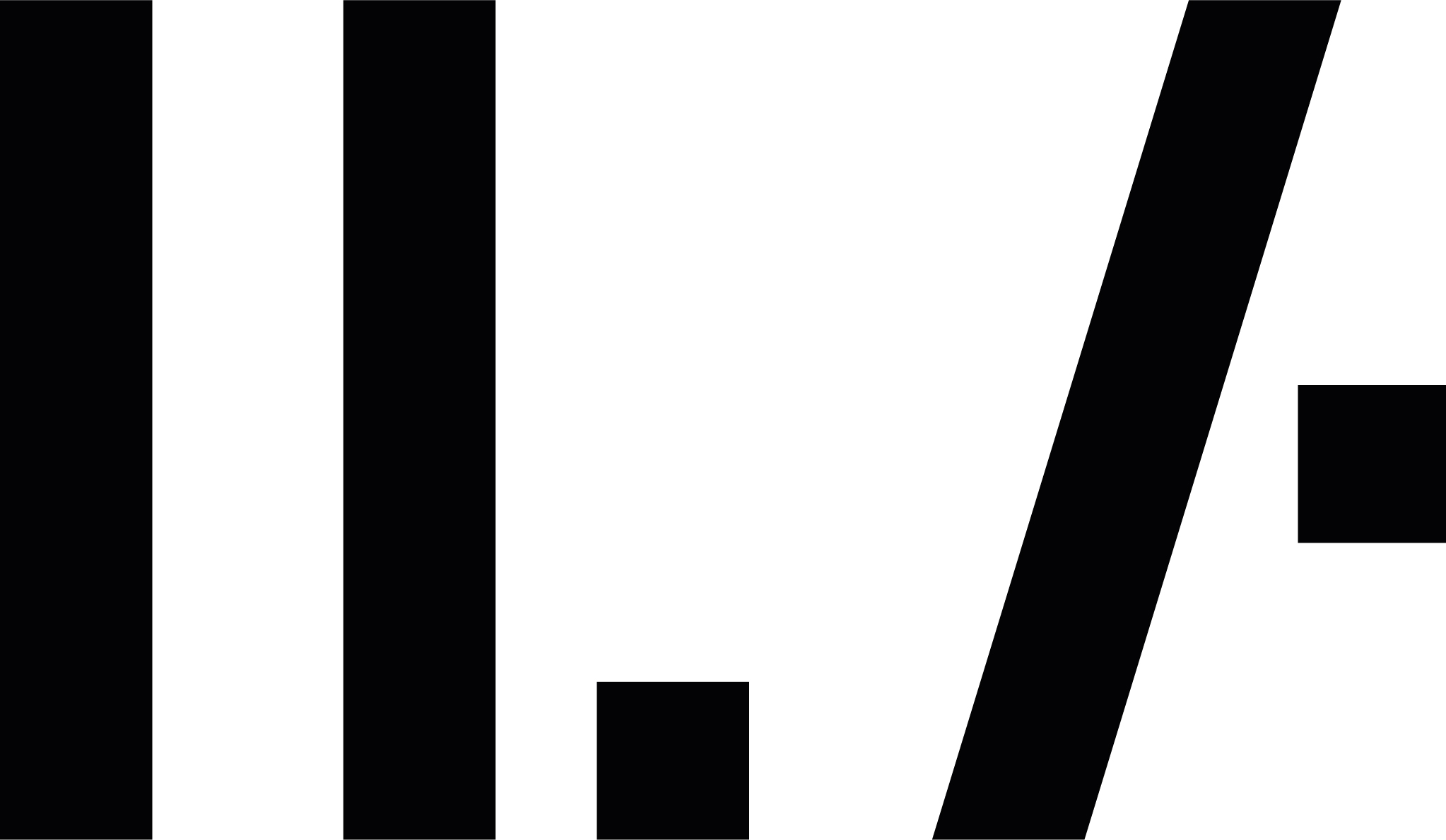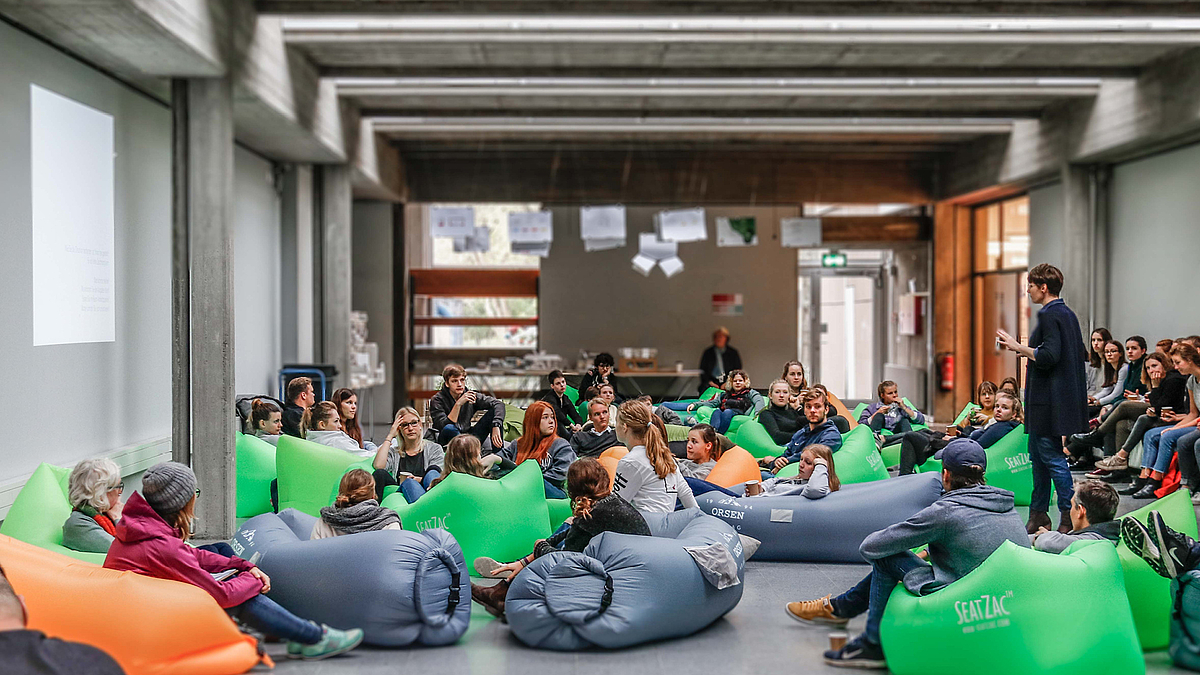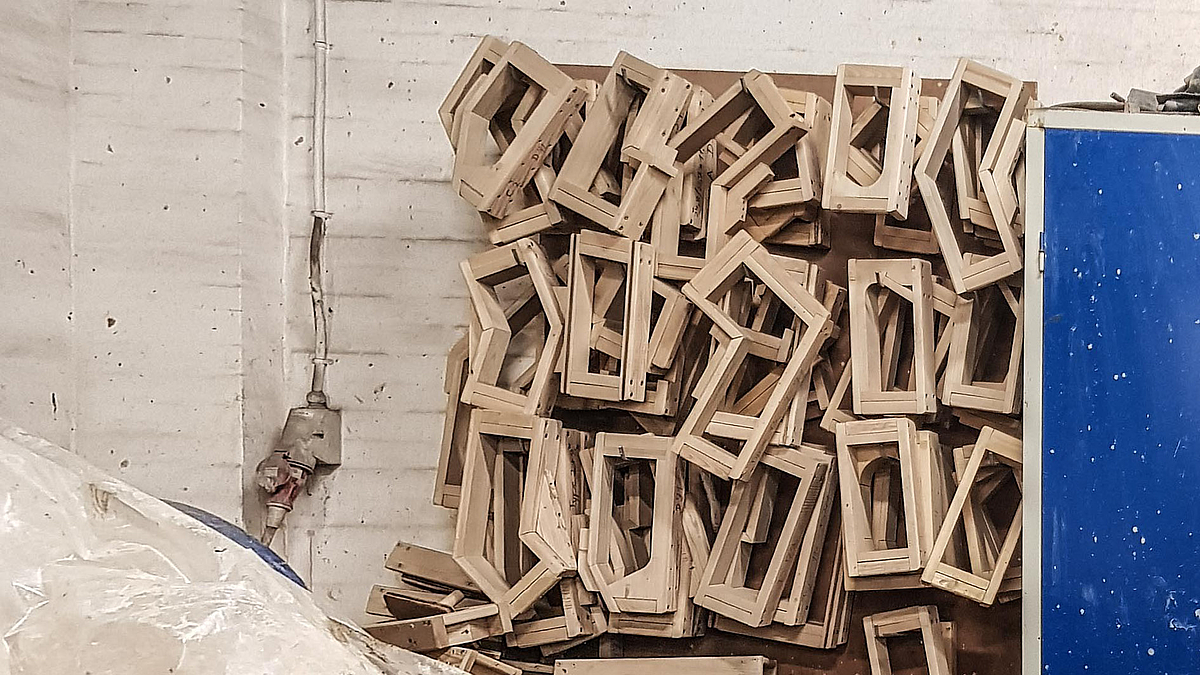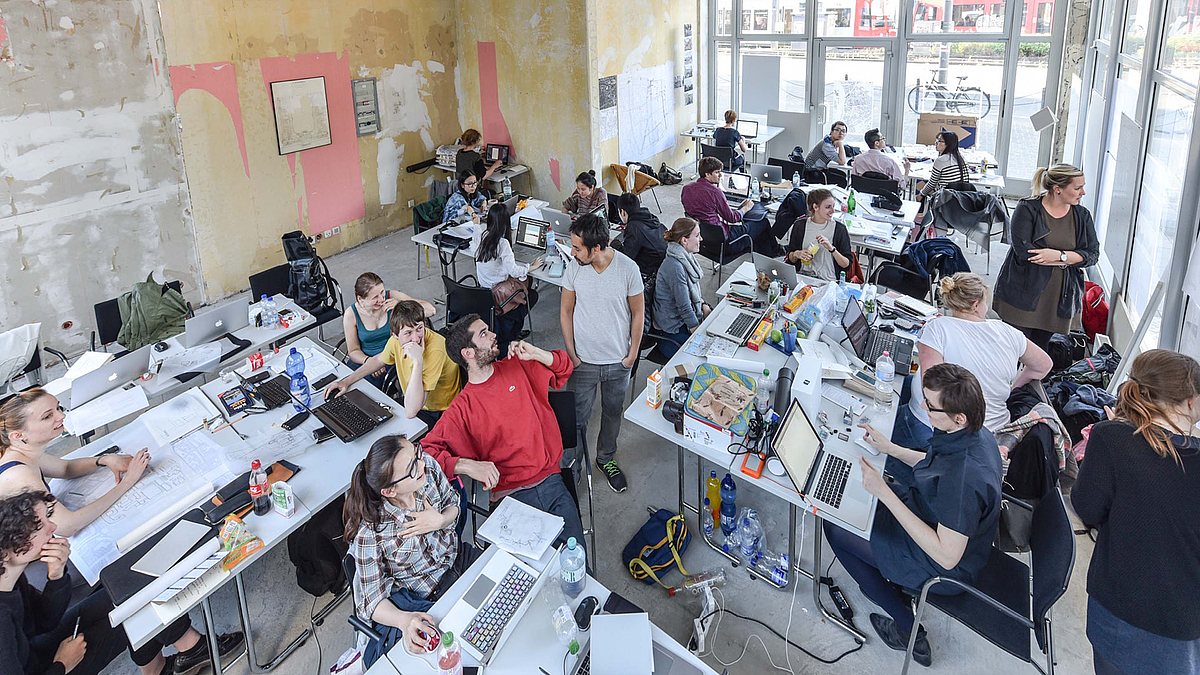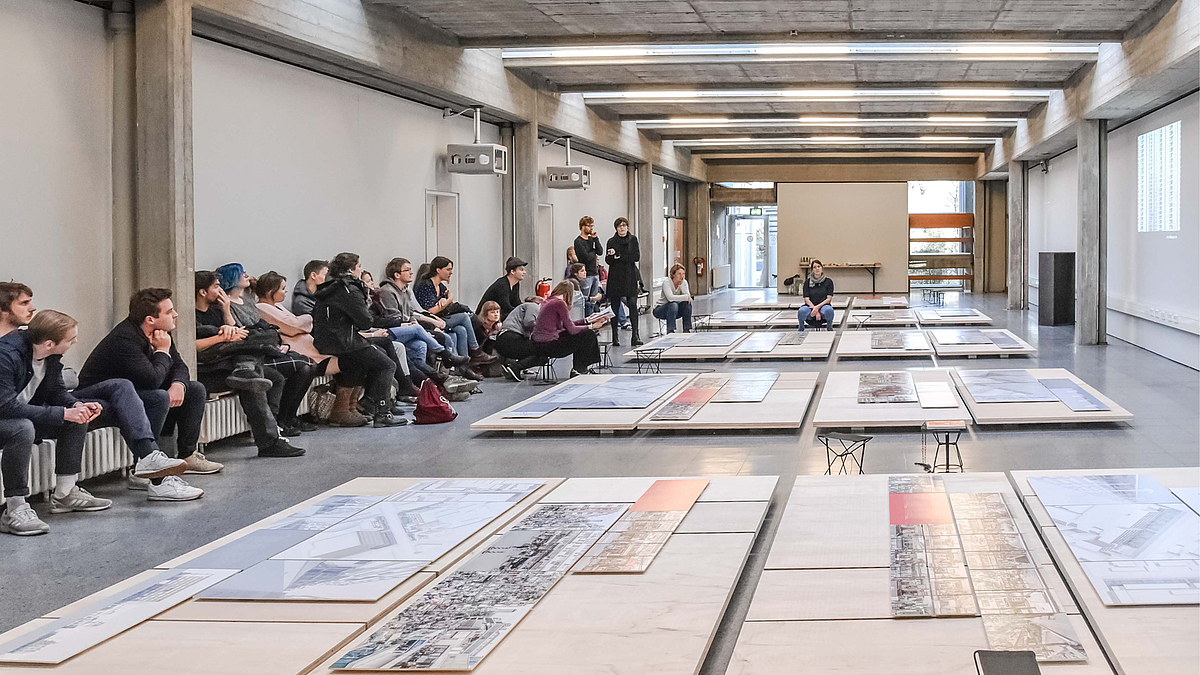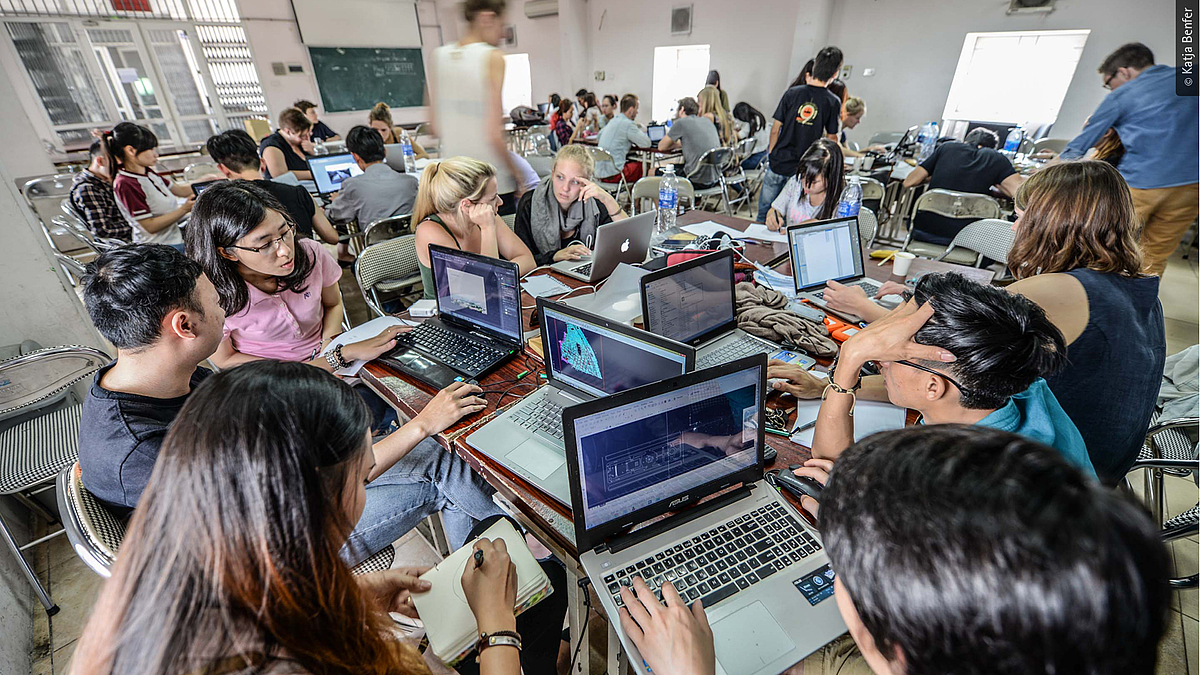Idea Generation
Design processes serve to develop design-spatial configurations and to test their potential with regard to different qualitative requirements. The primary phase serves to generate a variety of possible solutions which are then evaluated and selected in the following phases. The creative side of designing includes the representation and translation of different approaches to solutions into various artifacts such as drawings and models. The analytical and discursive side involves comparing, interpreting, naming and evaluating these artifacts. Accordingly, the design process requires the use and combination of different work and representation techniques. Each technique has its own unique possibilities and limitations, and the implications of them on the design process must be carefully reflected and balanced.
Communication
Representation techniques play an essential role in planning-related communication and negotiation processes. During the process, they illustrate design intentions and characteristics, for which verbal communication is usually inadequate. The addressees include experts and political representatives as well as affected individuals and other interested parties. This heterogeneous group is characterized by varying professional and socio-cultural backgrounds, which must be taken into account when determining the form of communication. Beyond the conveyance of design content, the recipients should be enabled to participate in planning processes as comprehensively, actively and equally as possible.
Techniques
Manual techniques such as drawing and model-making have been complemented by various computer-aided techniques since the mid-1990s. The available digital tools now include vector and bitmap-based applications as well as 3D modeling, rendering, animation and video editing. Interfaces within 3D applications enable the management of increasingly complex design processes via scripting and parameterization. On the hardware side, new input devices and a growing range of three-dimensional output devices are available. These techniques are embedded in a complex structure of network-based exchange possibilities.
The techniques used originate predominantly from contexts and interconnections external to the discipline. Accordingly, they are sometimes based on very different application and organizational paradigms. Their use in the field of landscape architecture is therefore associated with limitations as well as necessary adaptations and adjustments. These include consistent input methods independent of the program, selective ways of working and perceiving, as well as delays and discontinuities in the workflows. In order to manage the given variety of techniques, a systematic introduction to the respective application paradigms and interfaces is necessary. Complementary to this, independent learning competencies must be trained and strengthened.
